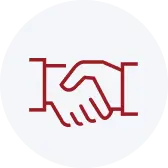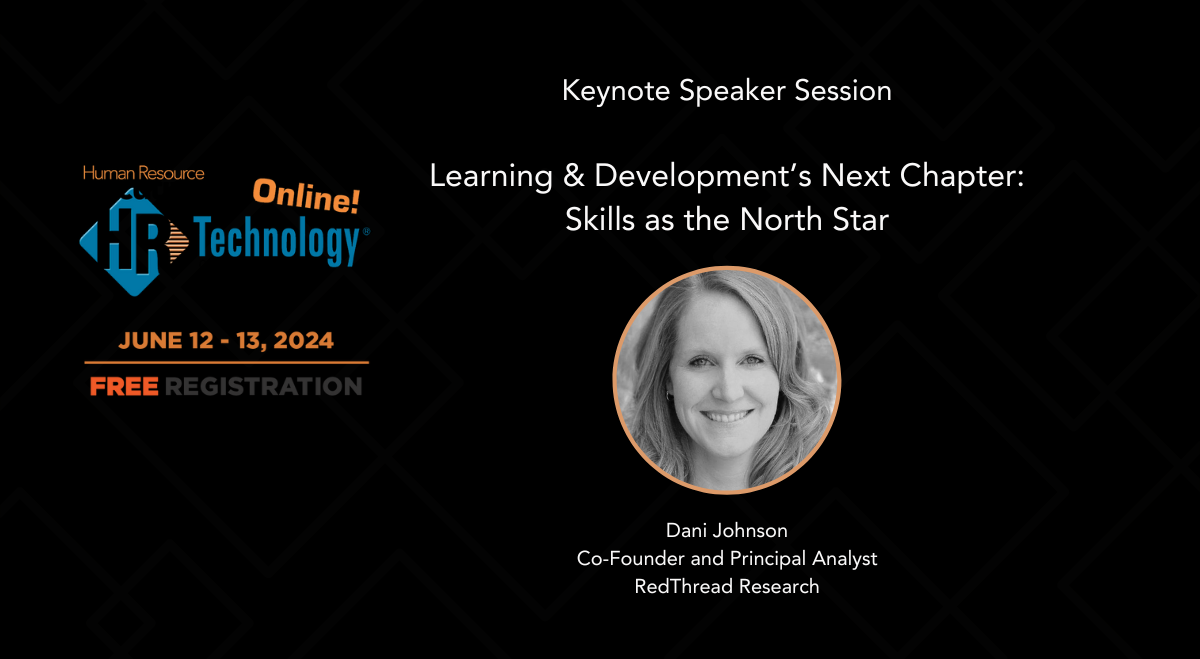Gain access to:

Cutting-edge research library
Members have unlimited access to the latest research, data, and trends on all things work

Data & insights
Including interactive tools and infographics

Incomparable community
Learn and share with thought leaders and industry peers at exclusive events

Exclusive experiences
Network with leaders and colleagues at invite-only events, get early looks at data, and more


